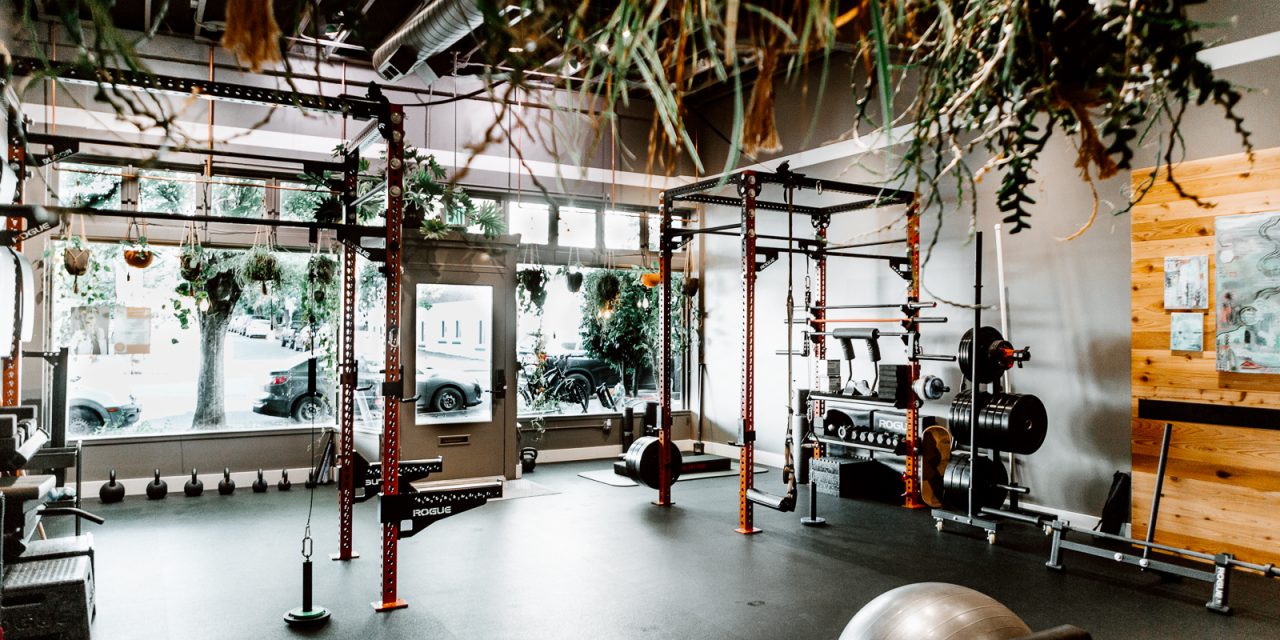This post will continue to evolve and change over time. With that said, there are some things that will not change about this post and about running:
- The human body will not drastically change its anatomy, so how we run always needs to be based on those systems.
- The physics of efficiency will always dominate any motion.
- People will always advertise shoes (or barefoot) as a way to fix your running. It will not work.
- When you run you should breathe through your nose and not your mouth.
- Running well will require skill development BEFORE mileage.
- Fewer people should jog, more people should run.
I read the book Born to Run in my late twenties. This created a cascade of fortunate events that eventually led me to run 30 miles on my 30th birthday. I tried to make this a large event to bring together my family, friends, coworkers, and clients. I also made several stipulations about how I would go about training for this run, the most noteworthy being a limit to running no more than 10 miles at a time. It was also my first time writing and blogging publicly. I have included that original page for all to see, but please remember that we were all young at some point, so be kind in your judgement.
That was the first time I had ever really committed to running. It was a critical opportunity for me to understand the “how” of running since the “why” had already been taken care of. I learned many lessons from that run and from that training and the skill of running was by far the most rewarding. My fatigue made me understand that there were better and different systems to use for running than the ones that most of us use mile after mile.
The simple way to understand how to run is to just run uphill in bare feet as fast as you can. If you can repeat that pattern and feel at slow speeds and on flat roads, you understand running. Many things change when you run uphill and fast.
You can not land on your heels.
It is anatomically dangerous to land with your heel first on any surface. Doing so creates a cascade of trauma as you eliminate your body’s ability to absorb impact through muscle and instead use your joints and bones. It is also impossible to do this when running uphill because, if you do so, you will fall backwards. When running uphill you do land with your forefoot first.
All running must have the forefoot make initial contact.
Allowing the forefoot to make initial contact can do many things that I will continue to expand on in this blog over the years. The primary goal is that this primes muscles rather than bone to absorb impact. The secondary goal of this is that it allows the muscles of the calves to efficiently absorb energy. The muscles of the calves have very high ratios of elastic tissue, which makes them perfect for absorbing impact energy and then releasing that energy for propulsion. The hip muscles are then primed to do the work they are supposed to do.
Running power must come from the hips.
When running uphill you must use your hips to propel your body forward and up. Your hip flexors strongly contract to throw your bending leg forward as your hip extensors push the earth away on the straightening leg. This allows you to overcome gravity, create speed, and use muscles that are very large and very powerful to efficiently create forward momentum.
Efficiency rules running.
Running uphill forces you to focus your momentum up and forward. When I first moved to Portland I drove by a golf course with a running track every day. The fence was covered in vines and was somewhat short, allowing me only to ever see the heads of the runners on the track. I could always tell a good runner by how little their head bounced up and down. When your goal is to move horizontally, any vertical motion is inefficient. Many people run like a bounding gazelle, their heads largely vacillating up and down. You will never see that in a high-level runner of any distance. It does not matter if they are running 100 meters or 100 miles, physics always wins and the body figures out that it can not bound up and down.
With these guidelines, we can now get into the “how” of running. I will describe the exact process I have used with hundreds of people to teach the skill of running.
Step 1: Skip. Then skip really high.
What changes when you go from a casual skip to a skip high in the air? Skipping is a great way to understand running. It serves as a way for us to understand the power of hip flexion in running. Almost always, people must drive their bent knee harder and higher to create a bigger skip. For the people who do not naturally do this, it is usually a sign that running well will take some time. There is another way to illustrate this point.
Step 2: Hop twice on one leg, first holding your up leg still, then using your up leg Don’t use your up leg, then use your up leg.
Stand on one leg. Your goal is to jump fairly far while staying on only that leg. Your other leg will be bent at the knee and hip so it does not touch the ground. For your first jump do not let the hip or knee joint of that bent leg to move at all. Pretend the leg is a bent steel pipe soldered at your hip socket. For your second jump, let this bent leg help. Almost everyone will extend the bent leg hip prior to jumping and then aggressively flex at the bent leg hip to create forward momentum. Using the momentum of the bent leg always allows a farther jump than the first. We have now found our first major running concepts.
Hip flexion is vital to running
Driving from your hips creates efficient forward momentum and is the best place to start learning how to run. When you run, pretend that there is someone standing in front of you and you are trying to knee them in the thighs.
Step 3: Hop in place.
Landing only on your toes, hop up and down in place. All human beings will settle in to a natural rhythm here, usually around 180 beats per minute, but there can be large variance based on your own anatomy. Regardless of the exact cadence, every person has one and it’s usually pretty quick. This cadence occurs to allow the elastic calf tissue to absorb and redeliver energy efficiently. Your calves are springs IF you let them be springs. They will never be springs if you land on your heels and they will never be springs if your stride rate is really slow. Try hopping up and down on your toes half as fast as your natural rhythm; it’s exhausting. Now we have our second major concept of running.
You must maintain a high cadence, usually around 180 bpm
Step 4: Put it together
When you run, I want you to focus on two things: drive with your hips and maintain your cadence. This will usually feel like you are taking very quick, small strides. You should also feel your knees driving forward and almost pulling you into a run as the hip flexors remember that they are here to help you run. These two goals will also probably make you run faster than you normally do, and that’s a great thing. We need to develop speed before mileage. Speed forces our bodies into running based on our shared anatomy. Most of your runs should feel like sprints with long resting periods of walking. When do you run? When do you walk?
Breathe through your nose
Breathing through your nose will create a natural work/rest cycle. Breathing through your nose is also a vital function that can do all sorts of great things we have talked about before. When you run breathe only through your nose. You will notice that you become winded fairly quickly, usually within one city block. Slow to a walk, continuing to breathe through your nose until your breathing has returned to an easy pace. This is usually 3 city blocks. Once that happens you can run again. Repeat this work/rest cycle 14 times if you can. You will be very tired by the end. Continue training in this way until you can run a 7-minute mile without resting while breathing only through your nose. Then and only then can you start running for increasing distances.
Below is a great video that we send to all our patients who go through our running skill development.



